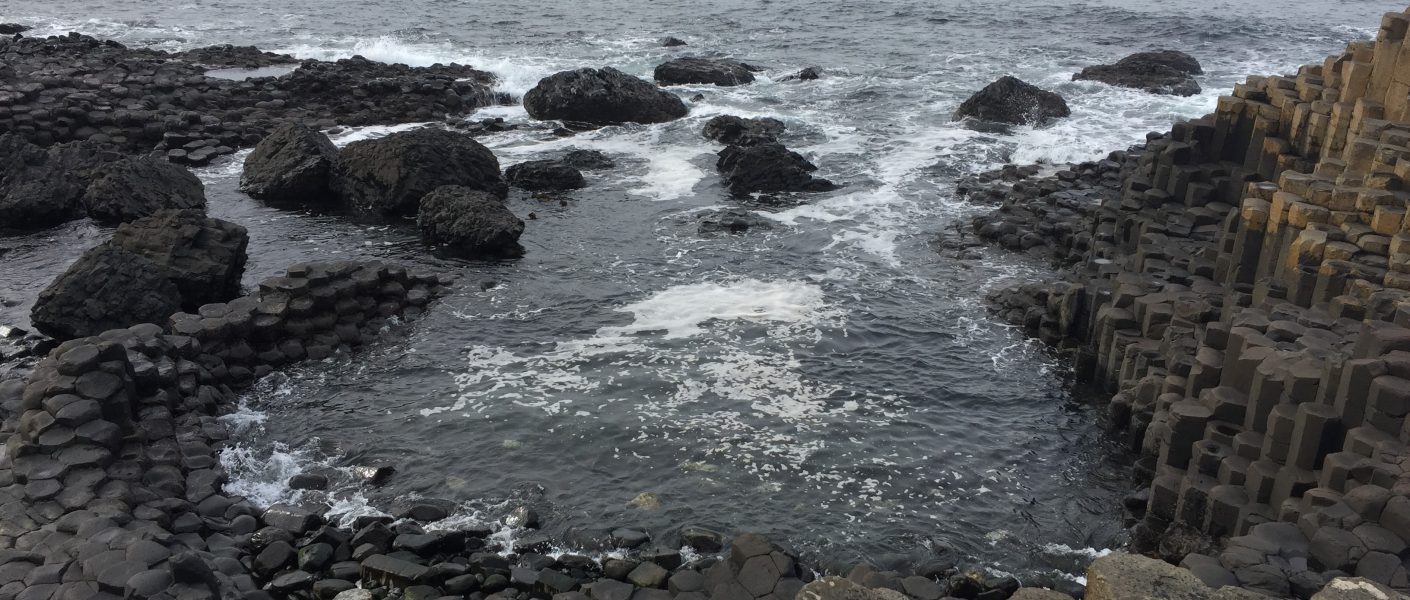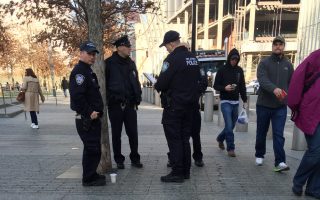
In my sophomore year, I was given the opportunity to be a Journeys Ambassador. This role required me to be a peer mentor and advisor to students who were going on a one week trip to Northern Ireland as a part of a semester-long class that was studying the history of the country. This trip had many memorable moments but the one that most impacted me was one of the non-mandatory assignments the professor assigned to us: write six-word essays, haikus, or limericks to share whenever we were on the bus while we were traveling through Northern Ireland. Throughout the course, we studied literature from prominent literary figures like the poems of Seamus Heaney. Our professor wanted us to continue engaging with literature and the craft of writing, which were able to do through the writing of short-form writing pieces. As an English major, this was a great experience because it allowed me to practice [demonstrating] knowledge and understanding of major and significant texts and traditions of literatures written in English” as well as “[analyzing] literary works and movements demonstrating knowledge of style, language, conventions, and historical, social, and cultural context,” which are some of the learning outcomes of the English major (MLO 1 and 5).
Since poems and the like are things that are personal to the writer, having students read these aloud made the students, in a way, vulnerable to their classmates, which I believe helped bring them closer together. I know that whenever I would write a haiku and share it with the group I felt more connected to the group and to the topics I was writing about. For example, on our second day in Belfast, Northern Ireland, we got to have a private reading and discussion with the writer Anne Devlin. She told us about how the troubles — the fight that started between nationalists and loyalists that lasted between the late 1960’s and the late 1990’s in Northern Ireland — was going on strongly around her, and she eventually left Northern Ireland to go to England because it was “quiet there.” When she said that, I was so moved that I wrote a haiku about what she told us: “It was quiet there / The troubles were left behind / the words came and stayed.” Also, as we talked to more people who were on both sides of the conflict, I kept hearing how much each side learned to hate one another so much so that the detonation of bombs and violence throughout Northern Ireland became something that was a normal part of everyday life.

Hearing all of their accounts inspired me to write another haiku: “Our parents teach us / how to walk, ride a bike, dance / but also to hate.” Again, I think it was the ability to share these personal poems and six-word essays we were writing that helped us become more connected to each other. A few of the learning outcomes of this course was to communicate effectively through writing and speaking, practice or interpret creative expression, and analyze human behavior or social relations (SLO’s 4, 9, 11). I believe these moments of designated creativity allowed me to achieve these outcomes. The ability to connect more with the students, myself, and the history of the country through writing was the most impactful part of the trip, in my opinion.


